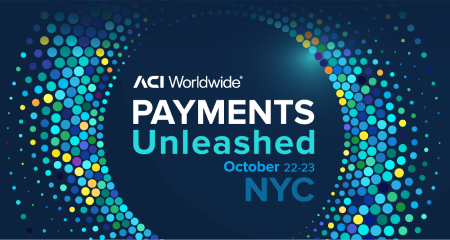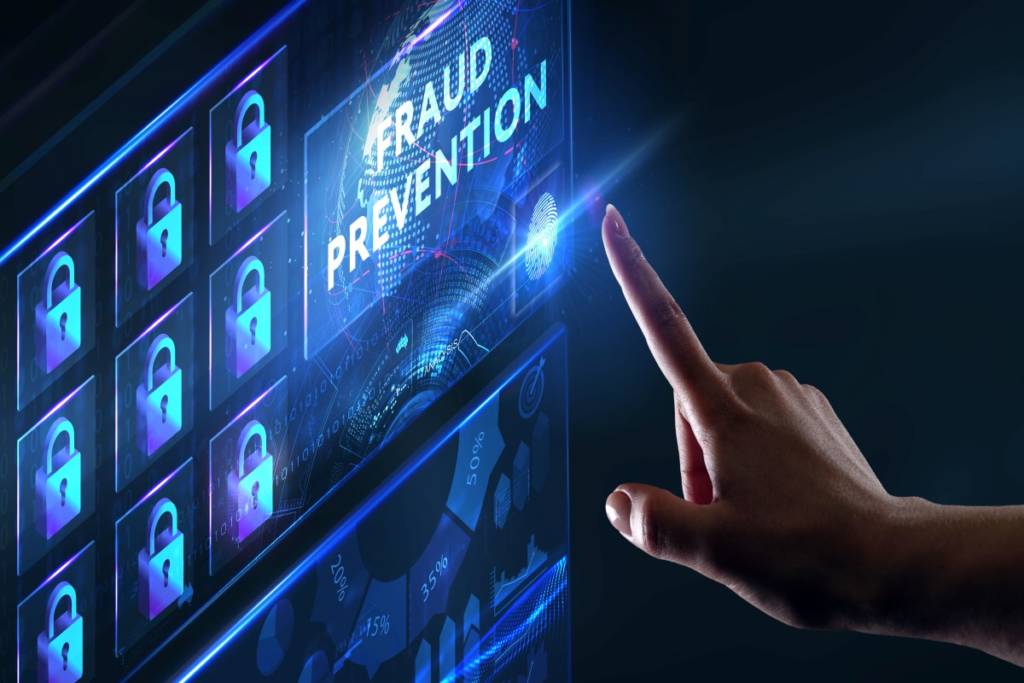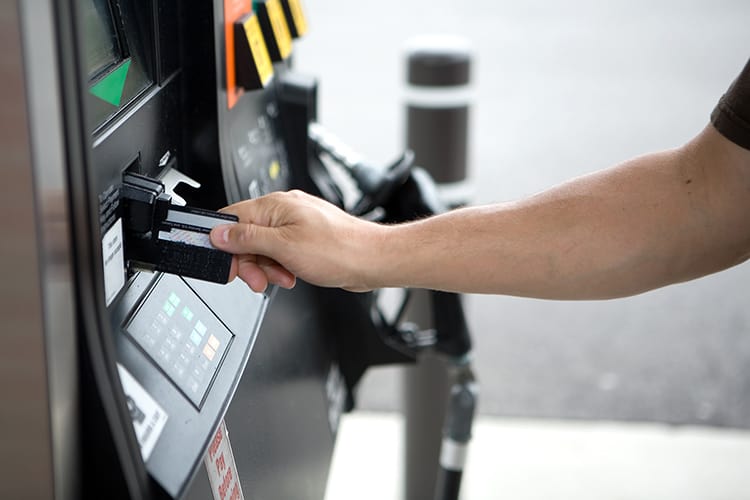- Solutions
- Banking
-
- ACI ConneticUnified cloud payments platform
- AcquiringDigital acceptance, merchant management
- IssuingDigital payments and accounts issuing
- Fraud managementReal-time enterprise fraud management
- RTGS / Wires and cross-borderMulti-bank, multi-currency processing
- Real-time, instant paymentsComplete real-time payments processing
- ATMsSelf-service, omnichannel digital experience
- Central infrastructureInnovative real-time payment infrastructure
- NEW Redefining the payments hub: Solving today’s banking payment challenges
-
- Merchant payments
- ACI Payments Orchestration PlatformEnable customer journeys across commerce channels, accept payments, prevent fraud and optimize your payments journey
- In-storeDynamic, modern in-store payments
- eCommerceOnline and mobile payments
- Alternative payment methodsGive more ways to pay
- Value-added servicesEngagement, optimization and reporting
- Fraud managementEnd-to-end fraud orchestration
- Risk, security, and complianceAchieve and maintain compliance
- NEW Datos names ACI Worldwide best-in-class in payments orchestration
- Industries we serve
- Billing and bill payments
- ACI SpeedpayDrive customer satisfaction with the widest range of bill pay options in the industry.
- Bill payment APIs and SDKsOutsource bill payment processing
- Fraud managementAI-based fraud orchestration technology
- Alternative payment methodsGive more ways to pay
- Loan servicingPreferred loan payment options
- Treasury managementStreamline and integrate your back office
- Automated debt collectionImprove your collections process
- Digital walletsManage digital cards and payments
- PCI compliance and securityAchieve and maintain PCI compliance
- Industries We Serve
- Fraud management and payments intelligence
- Fraud managementFraud solutions to minimize risk and prevent fraud
- Fraud management for bankingEnterprise-wide fraud prevention
- Anti-money launderingStay ahead of money-laundering schemes
- Robotic process automationAutomate payment processing operations
- Fraud management in the cloudProtecting your business in the cloud
- Fraud management for merchantsProtect payments from end to end
- ChargebacksPrevent chargebacks before they happen
- SCA complianceAchieve and maintain SCA compliance
- Digital identity solutionsConfirm identities with behavioral analytics
- NEW Scamscope fraud report: APP scam trends from around the globe
Company CustomersPartners
CustomersPartners
Home
This causes a profitability issue all by itself, but the even bigger issue is that the risk of fraud for fuel and convenience store merchants could increase further. As a result, fuel merchants now need to make fraud prevention enhancements an immediate priority.
Already a popular target
Fuel dispensers are a popular target for card skimmers and shimmers. They are also a test bed for fraudsters who want to see whether stolen or counterfeit cards will work. The self-service aspect that you see in many gas stations – particularly multi-island gas stations – means some pumps are far away from in-store employees, so a fraudster can be discreet when applying their trade in attaching skimmers to steal card data or using a counterfeit card.
With EMV implementation underway in the U.S. fuel sector, corrective steps are being taken that could see these common fraud types decline. But this is assuming, of course, that all pumps are EMV-compliant – for those who don’t make the switch to EMV pumps, chargebacks will also inevitably become a significant issue.
It’s also important to note that EMV won’t protect merchants against all types of fraud. Just like any other segment, fuel merchants can be hit with many different forms of payments fraud, with fraudsters refocusing their attacks to the weakest points as security measures are tightened.
Innovation may increase fraud losses
As payments in the fuel and convenience space expand into higher-risk channels, the exposure to fraud risk will increase considerably, leaving fuel merchants with significant risk of fraud losses for in-store, pump, mobile app and loyalty programs.
Heavier compliance requirements and the customer desire for an omni-channel experience across products are driving transformation. For many fuel merchants, the COVID-19 pandemic has significantly accelerated some innovations that were in the longer-term pipeline. However, these new customer journeys, like curbside grocery pickup and “pay-in-car” require strong payments integration to avoid fraud risk created through product silos.
Different channels and payment methods also carry different risks when it comes to fraud. As a result, they need tailored fraud rules and screening to ensure the optimal balance between sales and fraud prevention.
Fuel merchants who operate loyalty programs and fleet cards also need to be wary of rising fraud attempts. These channels are easy points of entry for fraudsters, since they can intercept cards or loyalty mail, or even add a fraudulent card to a loyalty app – leading to a mix of card-present losses and card-not-present losses.
Enabling more robust customer verification processes, and including loyalty and fleet card programs within the fraud prevention strategy, are important steps for fuel merchants to take to protect themselves against these growing fraud types.
Prevention is key to controlling the fraud flames
Fuel merchants can learn much from the approaches that eCommerce merchants have been using to fight fraud – including machine learning, real-time screening, verification techniques and predictive analytics.
Remembering that fraud management will still be necessary after EMV, fuel merchants need to implement holistic fraud prevention and data security measures at the point of sale. These must fit both traditional pump and in-store payments, as well as the digitally-enabled customer journeys that are being demanded.
Fraud prevention solutions shouldn’t be limited to the POS though; fuel merchants who offer fleet cards and loyalty programs need to cover fraud risk at the enterprise level – including all current and future channels – and ensure they have a 360-degree lifecycle view of their customers.
Implementing a multi-layered fraud prevention strategy that is tailored across channels and at an enterprise level will help fuel merchants ensure the introduction of new services at the pump, or changes to customer behavior, do not increase their exposure to risk.
Learn more about our fraud prevention solutions for fuel merchants and merchants who issue cards.



